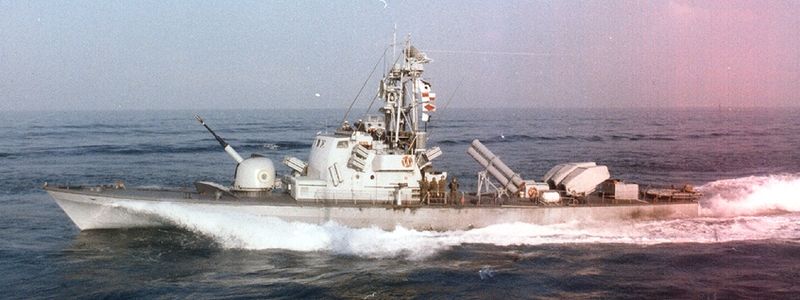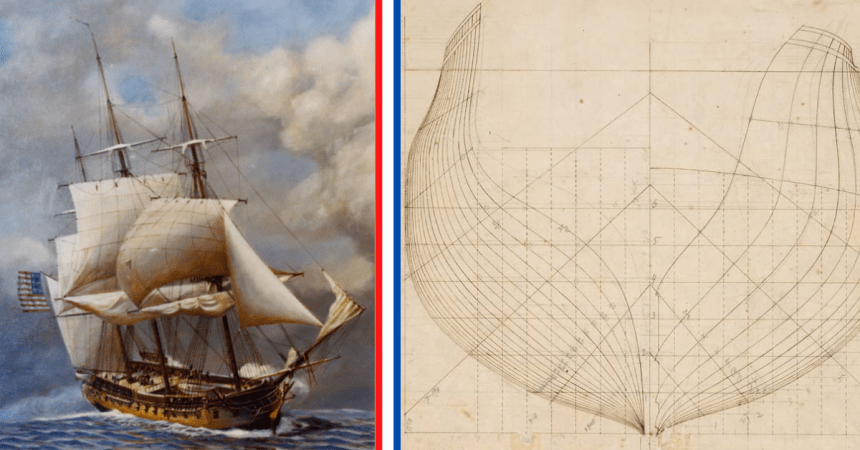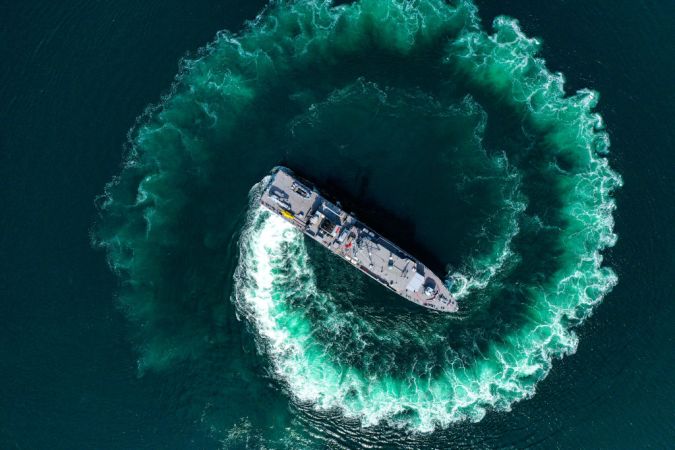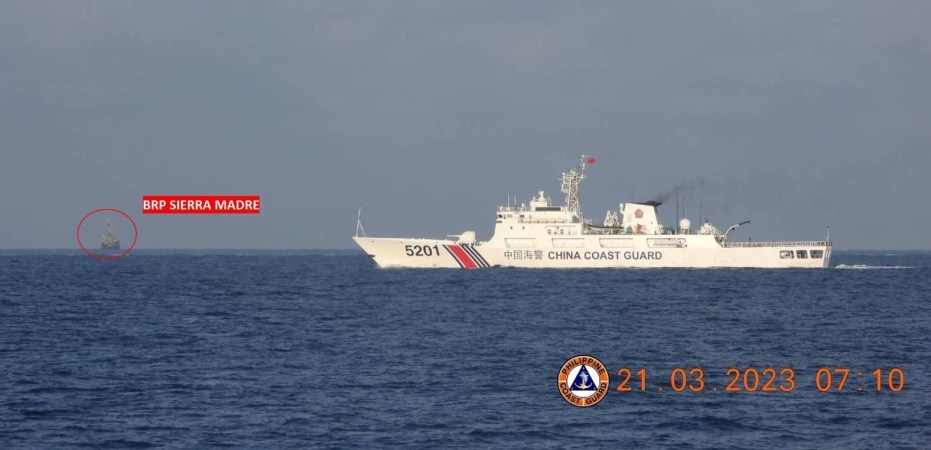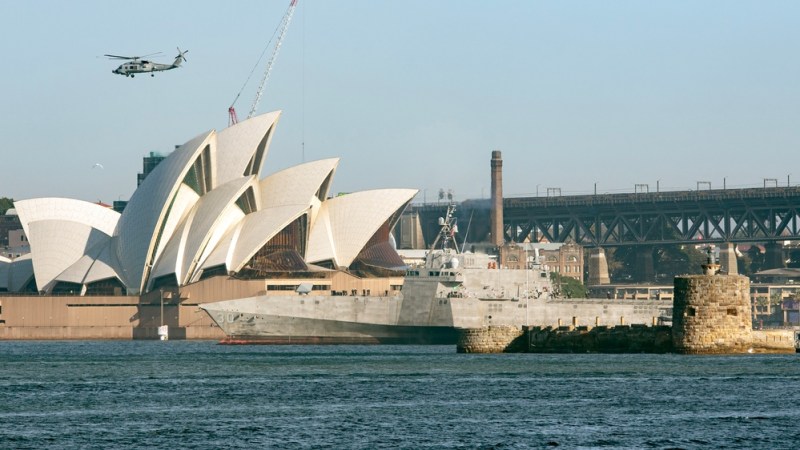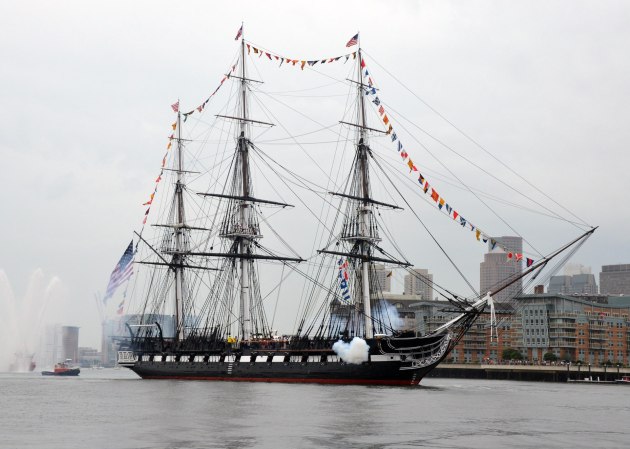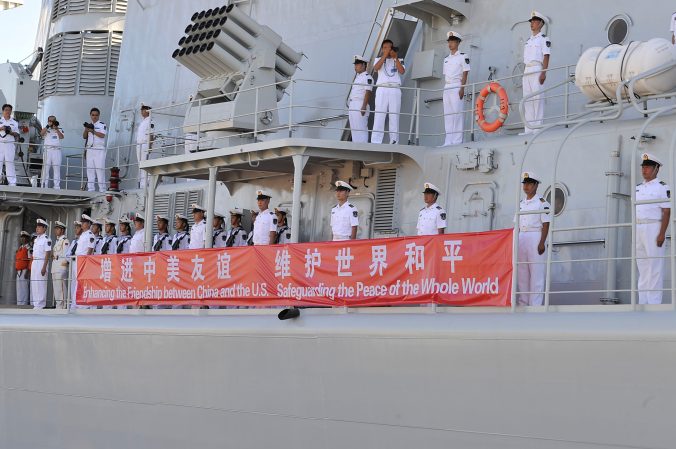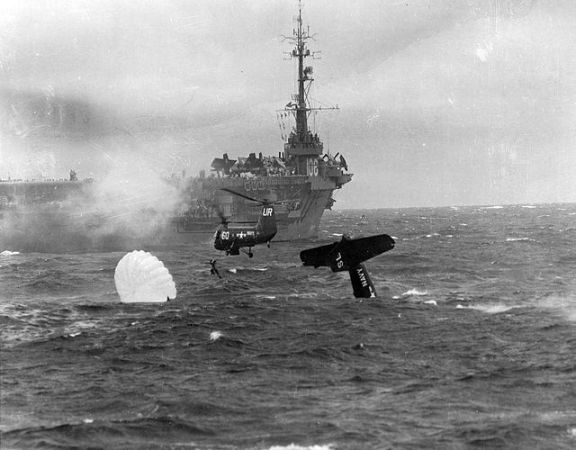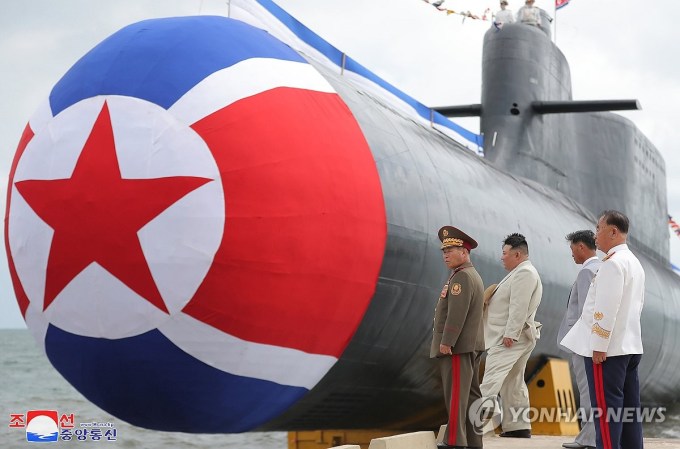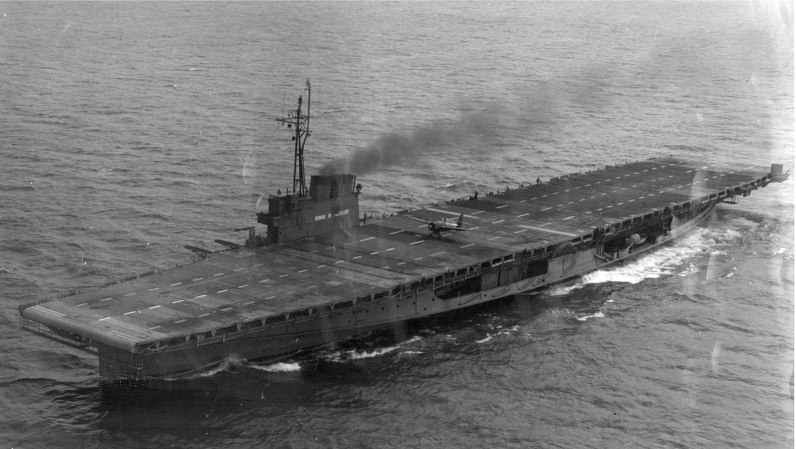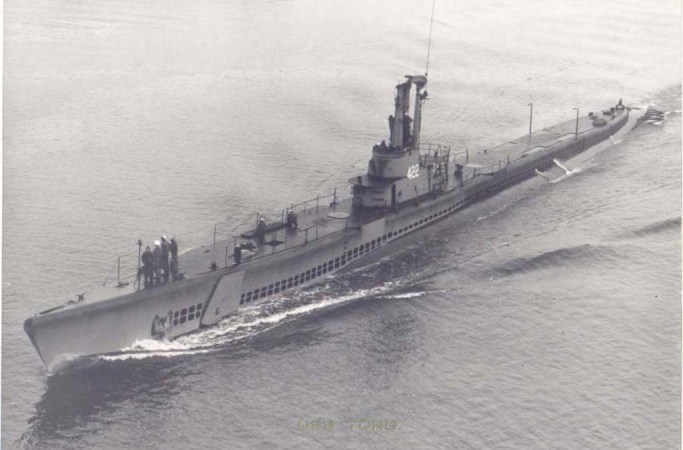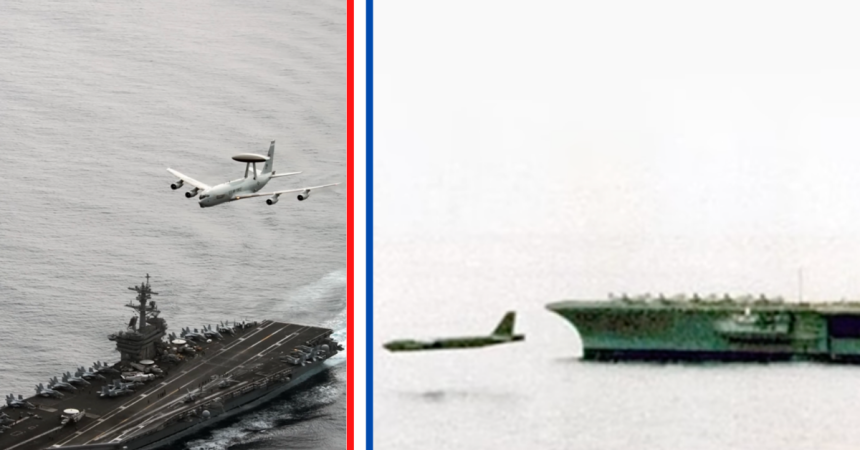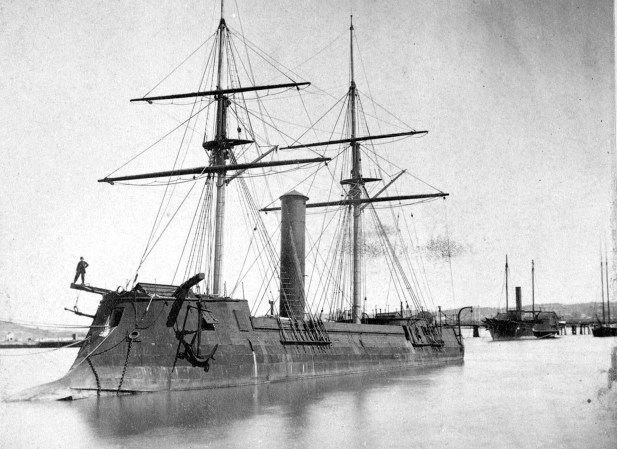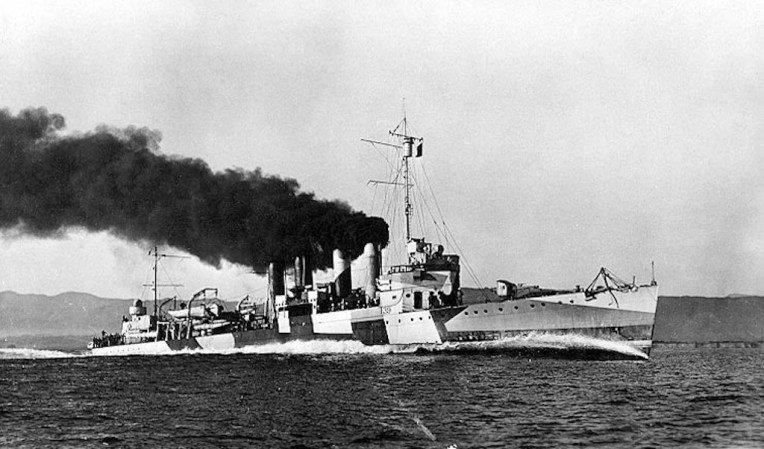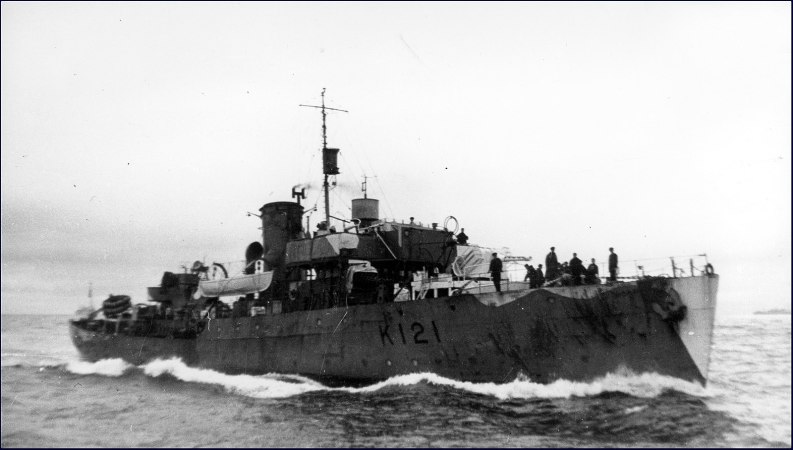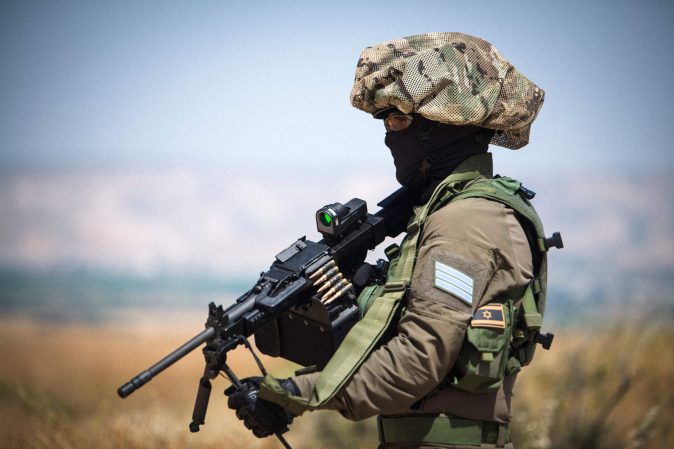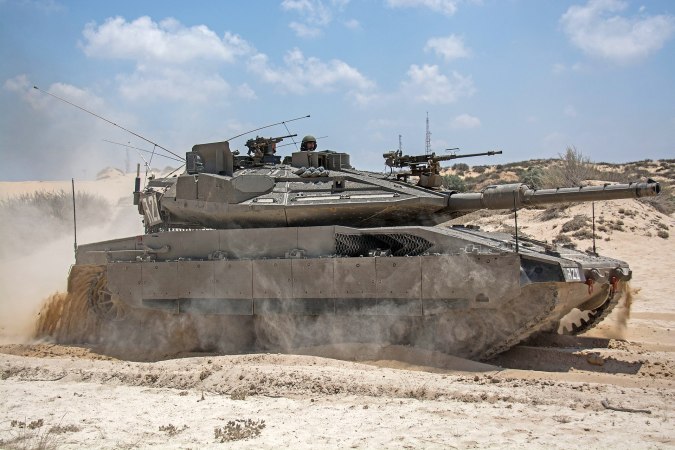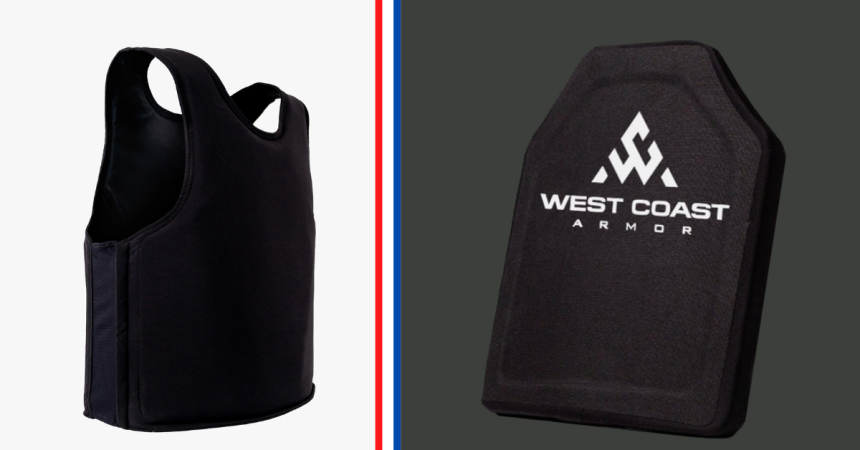Certain battles in naval history mark significant evolutions in technology and doctrine. On March 9, 1862, the Battle of Hampton Roads saw the first engagement between ironclad warships, the USS Monitor and the CSS Virginia. In May 1942, the Battle of the Coral Sea validated the importance of naval air power as neither the American nor Japanese fleets sighted or fired on each other, instead conducting battle from over the horizon with their respective carrier aircraft. After WWII, small and fast boats armed with anti-ship missiles provided extraordinary naval power to small countries at a lower cost than traditional warships. The Yom Kippur War saw the first naval battle between surface-to-surface missile boats of this type.

The fourth of the Arab-Israeli Wars, the Yom Kippur War began on October 6, 1973, when the Arab coalition launched a surprise attack against Israel on the Jewish holiday of Yom Kippur. The majority of the fighting took place on the Sinai Peninsula and in the Golan Heights, both of which were captured by Israeli during the Six-Day War of 1967. With Arab ground forces surrounding Israel by land, the Israel Defense Forces were determined to control the seas.
On October 7, 1973, the Israeli Navy dispatched a nighttime raiding force to deliver a decisive blow to the Syrian Navy. Under the command of Romanian-born Michael Barkai, the Israeli ships consisted of four Sa’ar 3-class and one Sa’ar 4-class missile boats as well as two landing ships with four helicopters. The helicopters were used to provide electronic deception, surveillance, and gun spotting while the boats carried out missile and gun attacks on the Syrian port of Latakia.

En route to Latakia, a Syrian patrol boat detected the Israeli force and reported them to the base. Before reinforcements could be dispatched, the Israeli missile boats encountered a Syrian K-123 torpedo boat. At 2228 hours, two Israeli boats engaged and sunk the K-123 with Gabriel sea-skimming anti-ship missiles and 76mm gunfire. Closer to shore, the Israeli force came across and sunk a Soviet-built T34-class minesweeper with four Gabriel SSMs.
As the Israeli force approached Latakia, the helicopters deployed chaff clouds and climbed high into the sky. To the Syrian radar, the chaff clouds appeared to be three Israeli boats supported by the four helicopters. At 2330 hours, the Syrian launched 8-12 Soviet SS-N-2 Styx anti-ship missiles at the chaff clouds, which subsequently disappeared. Meanwhile, the Israeli missile boats were free to engage additional Syrian missile boats; two were sunk immediately, while a third was later destroyed after running aground.

The ferocity and confusion of the Israeli attack resulted in Syrian missile boats accidentally hitting two merchant vessels, one Greek and one Japanese, in the port with their anti-ship missiles. As a result of the raid, the Syrian Navy remained in port for the remainder of the Yom Kippur War. From October 8-9, Barkai led another missile boat raid against the Egyptian Navy at the Battle of Baltim, just off the Nile delta. During the battle, six Israeli Sa’ar missile boats sunk three Soviet-made Egyptian missile boats with no losses of their own.


